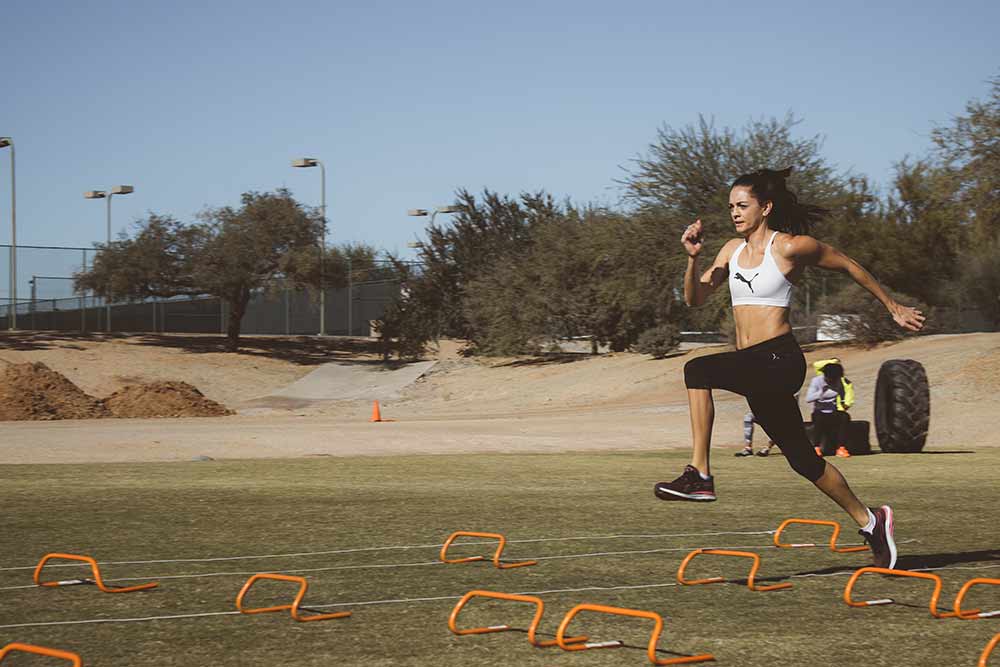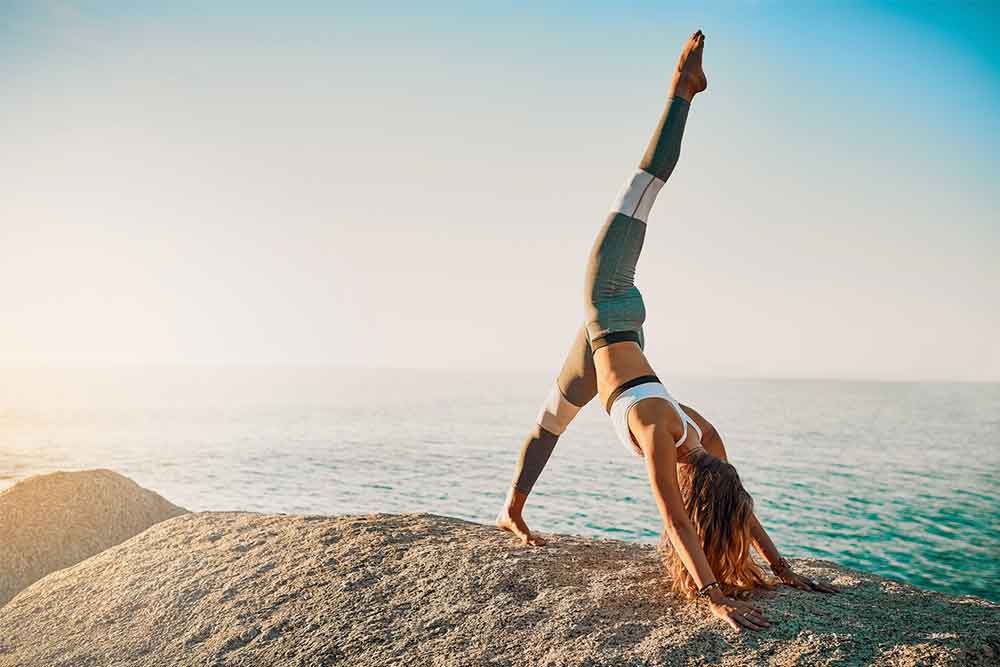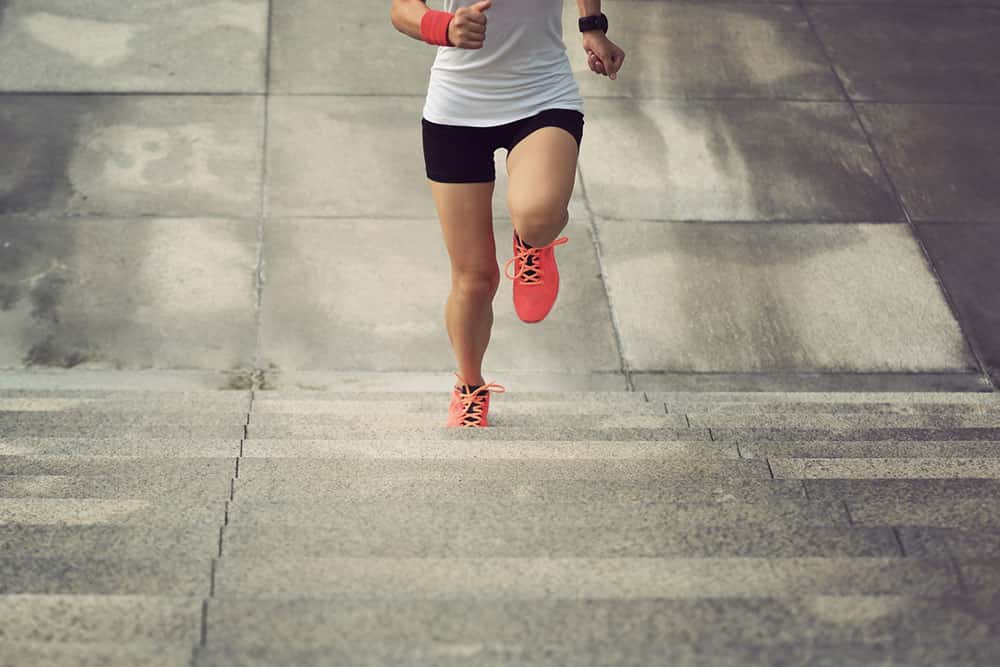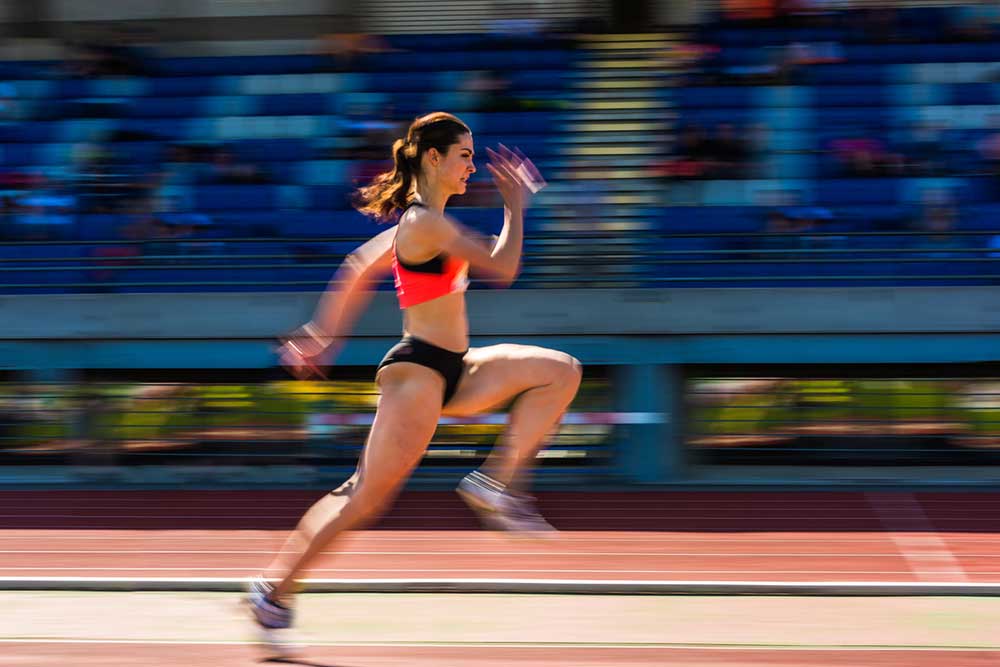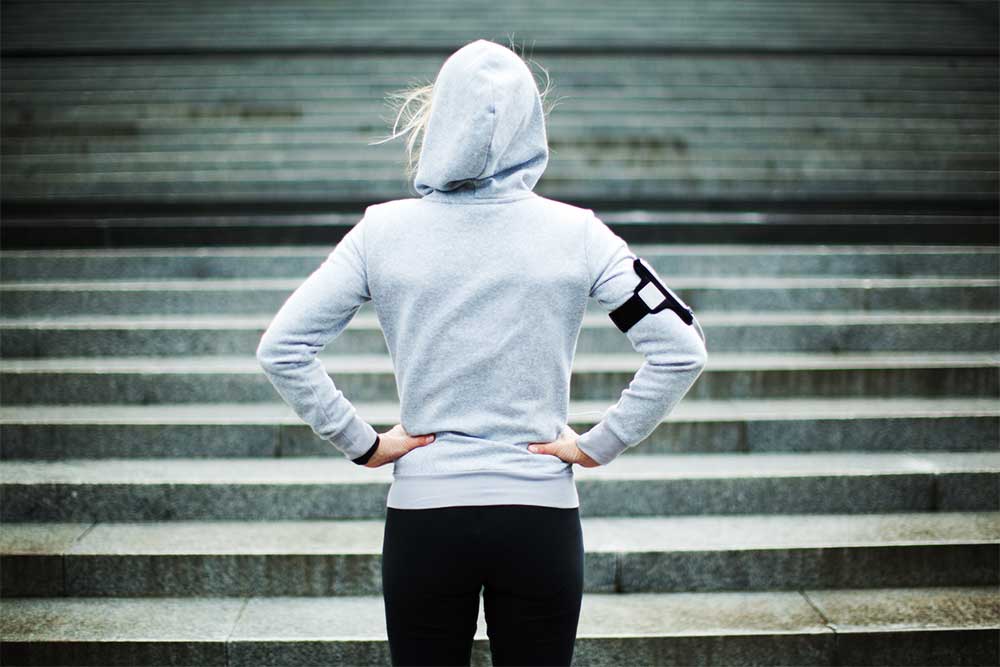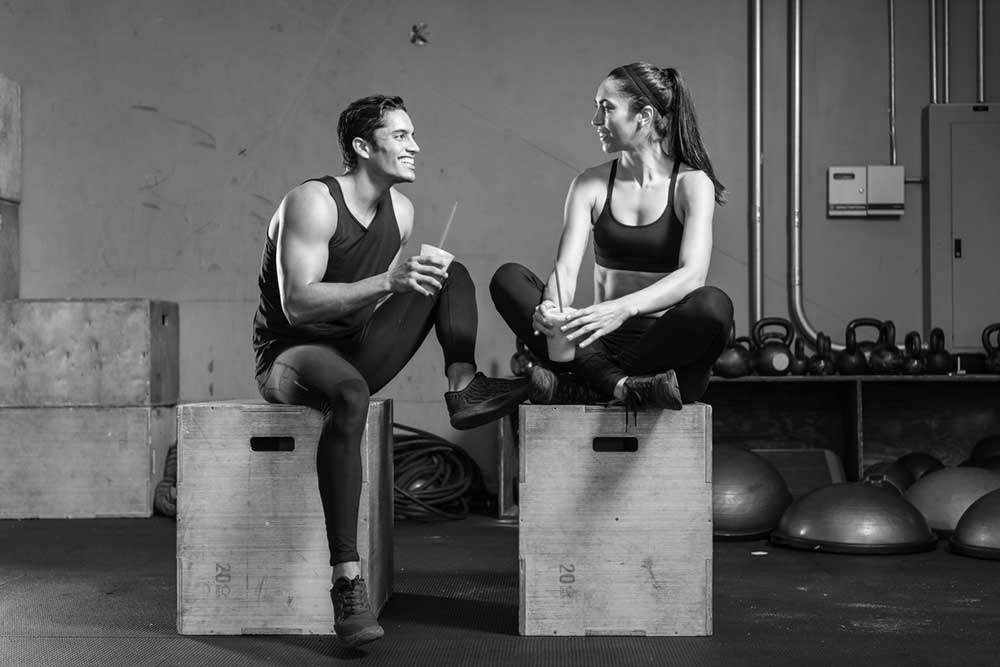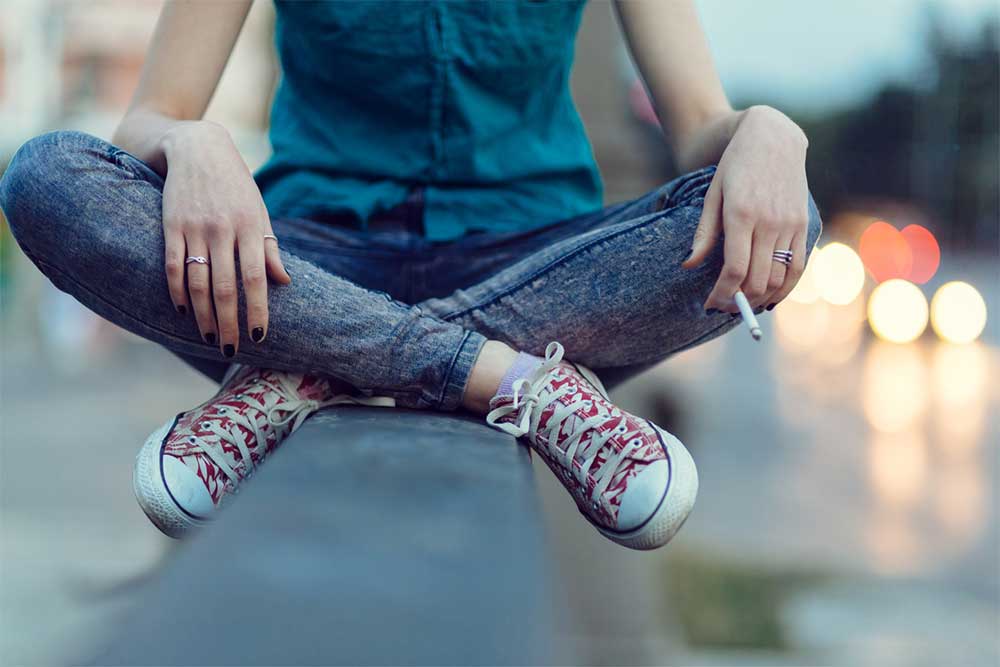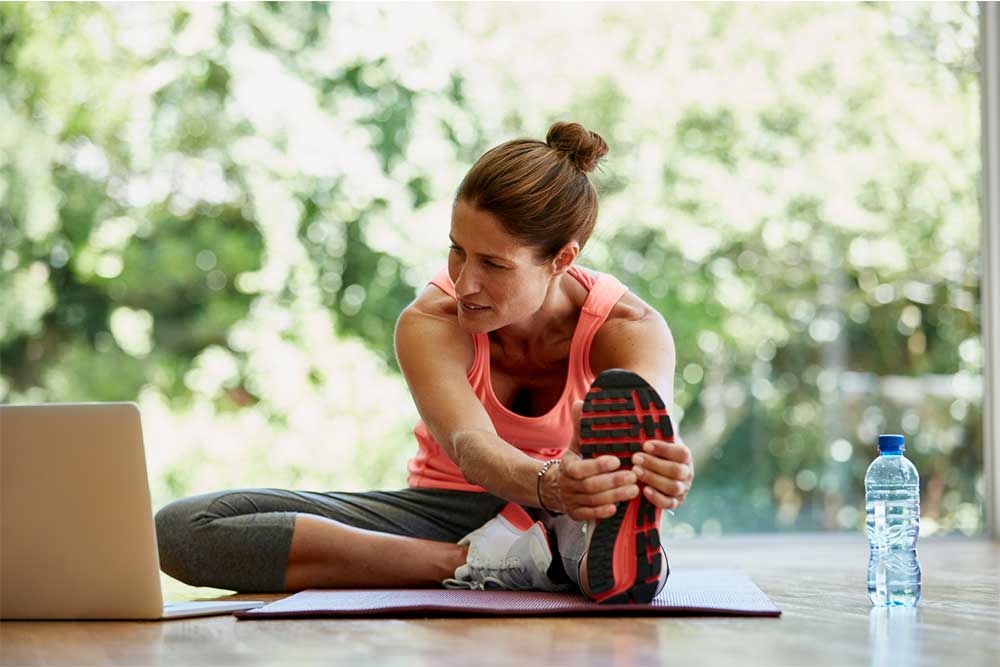Effects of Outdoor Exercise

Catherine O’Brien
Why Does Exercising Outdoors Feel So Much Better?
I have always been a proponent of outdoor exercise, particularly running.
There is something so satisfying and therapeutic about the fresh air and the sound of my feet hitting the pavement. Of course, inclement weather sometimes requires me to substitute an indoor treadmill workout for my usual outdoor run. This is a suitable substitute, but does not leave me with the same sense of calm and clear-headedness that my outdoor runs bring me. I brought this issue to my friends and family, who also enjoy running, walking and hiking outdoors, and found that many people shared my experience.
Why does exercising outdoors feel so much better? There is a wealth of research on the numerous health and psychological benefits associated with physical exercise but little is known about the effects of the environment in which you conduct exercise.
The Research
 Recently, research conducted by Fruhaüf, Niedermeier, Elliott, Ledochowski, Marksteiner, and Kopp (2016) investigated the effects of outdoor physical activity on affect and psychological well-being. The aim of their research was twofold. First they wanted to investigate whether physical activity can improve affect and help participants feel more energetic. Second, they wanted to investigate whether outdoor physical activity was more effective than indoor exercise in terms of improving mood and affect.
Recently, research conducted by Fruhaüf, Niedermeier, Elliott, Ledochowski, Marksteiner, and Kopp (2016) investigated the effects of outdoor physical activity on affect and psychological well-being. The aim of their research was twofold. First they wanted to investigate whether physical activity can improve affect and help participants feel more energetic. Second, they wanted to investigate whether outdoor physical activity was more effective than indoor exercise in terms of improving mood and affect.
To conduct this study, Fruhaüf et al. recruited in-patients who were being treated for mild to moderate depression at a mental health center. Each participant completed three 60-minute sessions which included one sedentary session, one indoor exercise session and one outdoor exercise session. The order in which participants completed each of these conditions was decided by a psychotherapist who was not involved in the study on the basis of the present weather conditions. In the sedentary condition, participants sat as a group in a relaxed setting where they had access to various reading materials and board games.
![]() Track your performance outdoors with the sleek and functional Motiv Fitness Ring.
Track your performance outdoors with the sleek and functional Motiv Fitness Ring.
The Study
Participants sat as a group in a relaxed setting where they had access to various reading materials and board games. In the outdoor exercise condition participants completed a short warm up and then walked with the guide and their group for 60-minutes using the Nordic walking technique. Participants were in control of their walking pace and the average pace was approximately 11-14 on the Rating of Perceived Exertion (RPE) scale (scale from 6-20). In the indoor exercise condition, participants completed a short warmup and then cycled on a cycle ergometer. Participants in this condition maintained a RPE level of between 11-14.
Affective state was measured using the Feeling Scale (FS), Felt Arousal Scale (FAS), the Mood Survey Scale (MSS). Participants completed the Feeling Scale and Felt Arousal Scale assessments five times during each condition – immediately before the condition, every 15 minutes during the condition, and immediately after.
Mood Survey Scale
Participants completed the Mood Survey Scale immediately before and after each condition. Exercise intensity was measured by the Rating of Perceived Exertion (RPE) scale. Measures of intensity were taken every 15 minutes during the two exercise conditions. The figure below demonstrates the measurement schedule during each condition.
Intensity of Exercise
First, researchers needed to establish that the level of intensity of exercise (RPE) was comparable across the indoor and outdoor exercise conditions. This was an important step because the researchers needed to be sure that the effect was not due to the level of intensity but rather the environment in which the workout was conducted. Fortunately, results demonstrated that the Rating of Perceived Exertion (RPE) averages were similar in the indoor condition and outdoor condition and furthermore, that the changes in RPE over the course of the conditions was not statistically significant between conditions.
 Recover faster from high-intensity workouts with the Recoup Fitness Roller.
Recover faster from high-intensity workouts with the Recoup Fitness Roller.
The Results
In response to their first hypothesis, analyses revealed “that outdoor physical exercise (but not indoor physical exercise) resulted in higher perceived activation and lower excitement after 45 minutes compared to being sedentary” (p.7). In regards to their second hypothesis, they found that outdoor physical activity led to significantly higher post-exercise ratings on the Mood Survey Scale and the Felt Arousal Scale. That is, participants in the outdoor condition did indeed experience greater affective benefits compared to those in the indoor condition.
While the study was conducted with a rather small sample, the results provide preliminary evidence that support the superior positive effects of outdoor exercise on affective state and mood. The findings from this study demonstrate the need for further research in this area. Additionally, it would be interesting to see the effects of indoor vs. outdoor exercise over a longer period of time.
Takeaway
From my point of view, this research is exciting because it has put some scientific rigor behind an effect that I have personally experienced in my exercise routine. So what should you make of these findings? The results do not suggest that indoor exercise should be abandoned entirely (I certainly will not be cancelling my gym membership any time soon). Instead, next time you are in need of a pick me up, opt for the outdoor hike instead of the treadmill session.
Related Article: Get Outside and Exercise – Your Immune System Will Thank You
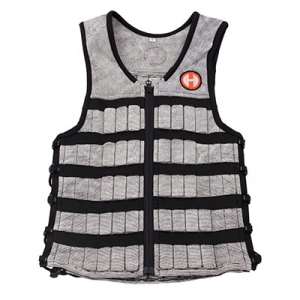 Still keen on indoor exercise? You should consider HyperWear’s line of gear designed to enhance your workout, or their SandBell weight sets.
Still keen on indoor exercise? You should consider HyperWear’s line of gear designed to enhance your workout, or their SandBell weight sets.
References:
Fruhaüf, A., Niedermeier, M., Elliott, L.R., Ledchowski, L., Marksteiner, J., and Kopp, M. (2016). Acute effects of outdoor physical activity on affect and psychological well-being in depressed patients—A preliminary study. Mental Health and Physical Activity, 10, 4-9.
(adsbygoogle = window.adsbygoogle || []).push({});
You Might Like:









